Wszystkie zdjęcia(1)
Kluczowe dokumenty
537284
[2-(Methacryloyloxy)ethyl]dimethyl-(3-sulfopropyl)ammonium hydroxide
95%
Synonim(y):
DMAPS, 2-(N-3-Sulfopropyl-N,N-dimethyl ammonium)ethyl methacrylate, N-(3-Sulfopropyl)-N-(methacryloxyethyl)-N,N-dimethylammonium betaine
Zaloguj sięWyświetlanie cen organizacyjnych i kontraktowych
About This Item
Wzór liniowy:
H2C=C(CH3)CO2CH2CH2N(CH3)2(CH2)3SO3
Numer CAS:
Masa cząsteczkowa:
279.35
Numer WE:
Numer MDL:
Kod UNSPSC:
12162002
Identyfikator substancji w PubChem:
NACRES:
NA.23
Polecane produkty
Poziom jakości
Próba
95%
mp
150-155 °C (lit.)
ciąg SMILES
CC(=C)C(=O)OCC[N+](C)(C)CCCS([O-])(=O)=O
InChI
1S/C11H21NO5S/c1-10(2)11(13)17-8-7-12(3,4)6-5-9-18(14,15)16/h1,5-9H2,2-4H3
Klucz InChI
BCAIDFOKQCVACE-UHFFFAOYSA-N
Powiązane kategorie
Opis ogólny
[2-(Methacryloyloxy)ethyl]dimethyl-(3-sulfopropyl)ammonium hydroxide (DMAPS) is a hygroscopic, zwitterionic monomer used in the synthesis of polysulfobetaines. Polysulfobetaines are electrically neutral polymers that contain both cationic and anionic groups within a single monomer unit and feature interesting properties such as antielectrolyte behavior in aqueous salt solutions, biocompatibility, and hemocompatibility. Based upon these properties, polysulfobetaines are useful in many biomedical applications such as drug delivery and drug formulation.
Zastosowanie
Due to its hygroscopic nature, [2-(methacryloyloxy)ethyl]dimethyl-(3-sulfopropyl)ammonium hydroxide (DMAPS) can contain up to one molecule of water per monomer unit. This material should be stored in a cool, dry place and depending on the reaction conditions, water may need to be removed prior to polymerization.
Ta strona może zawierać tekst przetłumaczony maszynowo.
Kod klasy składowania
11 - Combustible Solids
Klasa zagrożenia wodnego (WGK)
WGK 1
Temperatura zapłonu (°F)
Not applicable
Temperatura zapłonu (°C)
Not applicable
Środki ochrony indywidualnej
dust mask type N95 (US), Eyeshields, Gloves
Wybierz jedną z najnowszych wersji:
Masz już ten produkt?
Dokumenty związane z niedawno zakupionymi produktami zostały zamieszczone w Bibliotece dokumentów.
Klienci oglądali również te produkty
Chung-Man Lim et al.
Acta biomaterialia, 85, 180-191 (2018-12-26)
To overcome the drawbacks of the UV grafting method, an alternative, thermal grafting process is suggested. The uniform and geometry-independent grafting of zwitterionic polymers on curved cross-linked polyethylene (CLPE), which is used in artificial hip joints, surface was successfully achieved.
The direct synthesis of sulfobetaine-containing amphiphilic block copolymers and their self-assembly behavior.
Doncom KEB, et al.
Eur. Polymer J., 87, 497-507 (2017)
Jiang Wu et al.
Acta biomaterialia, 71, 293-305 (2018-03-15)
Skin wound healing is a still long-history challenging problem and impeded by the foreign-body reaction including severe inflammation response, poor neovascularization, incomplete re-epithelialization and defective ECM remodeling. Development of biocompatible polymers, in combination with specific drugs or growth factors, has
Cátia G Alves et al.
International journal of pharmaceutics, 582, 119346-119346 (2020-04-22)
New insights about nanomaterials' biodistribution revealed their ability to achieve tumor accumulation by taking advantage from the dynamic vents occurring in tumor's vasculature. This paradigm-shift emphasizes the importance of extending nanomaterials' blood circulation time to enhance their tumor uptake. The
Ho Joon Kwon et al.
Acta biomaterialia, 61, 169-179 (2017-08-08)
Introducing antifouling property to biomaterial surfaces has been considered an effective method for preventing the failure of implanted devices. In order to achieve this, the immobilization of zwitterions on biomaterial surfaces has been proven to be an excellent way of
Global Trade Item Number
| SKU | GTIN |
|---|---|
| 537284-250G | 4061832565576 |
| 537284-50G | 4061832565583 |
Nasz zespół naukowców ma doświadczenie we wszystkich obszarach badań, w tym w naukach przyrodniczych, materiałoznawstwie, syntezie chemicznej, chromatografii, analityce i wielu innych dziedzinach.
Skontaktuj się z zespołem ds. pomocy technicznej
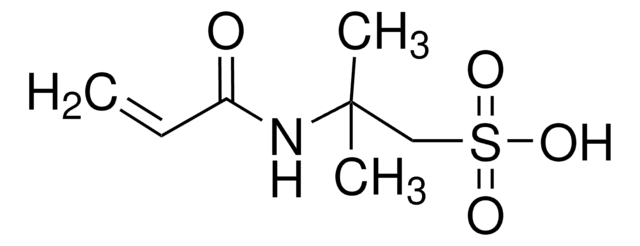
![[2-(Methacryloyloxy)ethyl]trimethylammonium chloride solution 75 wt. % in H2O](/deepweb/assets/sigmaaldrich/product/structures/316/612/66b0f4cf-d060-427d-b4f5-e8fab3e5cffe/640/66b0f4cf-d060-427d-b4f5-e8fab3e5cffe.png)
![[2-(Acryloyloxy)ethyl]trimethylammonium chloride solution 80 wt. % in H2O, contains 600 ppm monomethyl ether hydroquinone as inhibitor](/deepweb/assets/sigmaaldrich/product/structures/393/326/f7e19585-5431-4220-81b5-f458de6d63d0/640/f7e19585-5431-4220-81b5-f458de6d63d0.png)

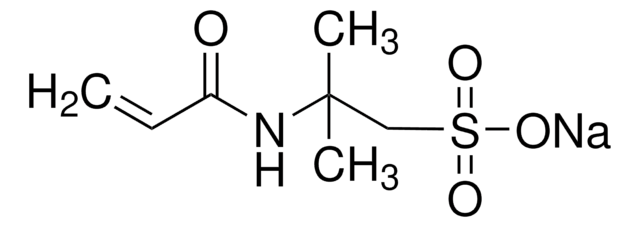
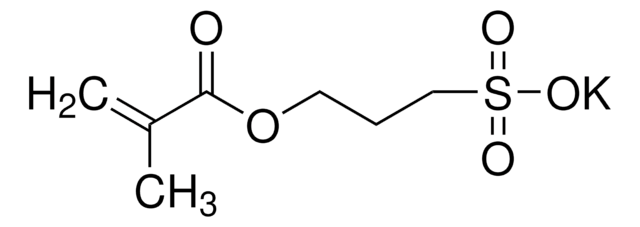


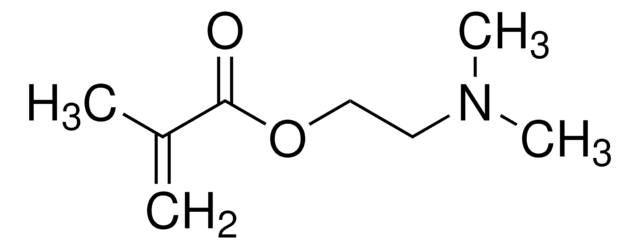
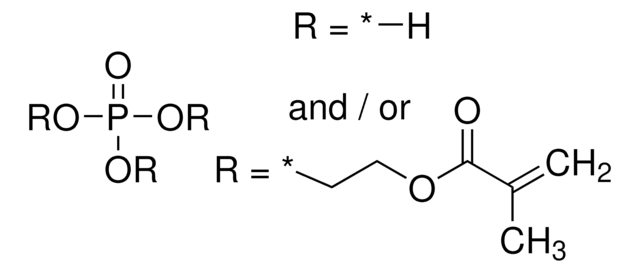
![N-[3-(Dimethylamino)propyl]methacrylamide 99%, contains MEHQ as inhibitor](/deepweb/assets/sigmaaldrich/product/structures/295/145/6b4aae15-7cb5-4b7b-9c06-8e6d24e50951/640/6b4aae15-7cb5-4b7b-9c06-8e6d24e50951.png)